Making Silage
Earlier this summer when Harland baled hay, we only got about half the number of bales we normally do. We would buy more bales, but the price right now is about double. So when the wheat harvest was over, Harland baled the wheat straw, and we’ll use that for cattle feed in addition to the hay. And a couple weeks ago, he cut about 10 acres of the field corn and turned it into silage, which we’ll also use to feed the cattle.
According to Wikipedia,
Silage is fermented, high-moisture fodder that can be fed to ruminants (cud-chewing animals such as cattle and sheep). It is fermented and stored in a process called ensiling or silaging, and is usually made from grass crops, including corn, sorghum or other cereals, using the entire green plant (not just the grain). Silage can be made from many field crops.
Silage is made either by placing cut green vegetation in a silo, by piling it in a large heap covered with plastic sheet, or by wrapping large bales in plastic film.
We opted for “piling it in a large heap“. The corn plants were cut off about a foot above the ground and chopped into bits by a self-propelled silage chopper (it looks like a little combine), and the chopped corn was then shot through a tube into a wagon pulled by the chopper. Full wagons were pulled out of the field by tractor up to the farm and dumped on the ground near our haybales. Then it was scooped into a large heap which was then compacted by driving repeatedly over it with the tractor.
Here’s Harland “piling it in a large heap”:
This is also a source of farm accidents (and widows).
We hired Wendell and his silage chopper and wagons. Stuart(a neighbor), Gerald(Harland’s brother), and Andrew(Harland’s nephew) all came over to help, which was wonderful. They started after lunch and didn’t finish until early evening.
The high that day was 106, which made a dusty dirty job even more miserable.
Time for a break:
Here a video I took:
.
.
A few days later, he covered the pile with a large sheet of plastic to protect it from the elements. This winter, he’ll dig into the pile to feed the cattle. They love silage, so on some cold day this winter, they will enjoy silage that was made on one of the hottest days this summer.
xoxoxoxoxoxoxoxoxoxoxoxoxo

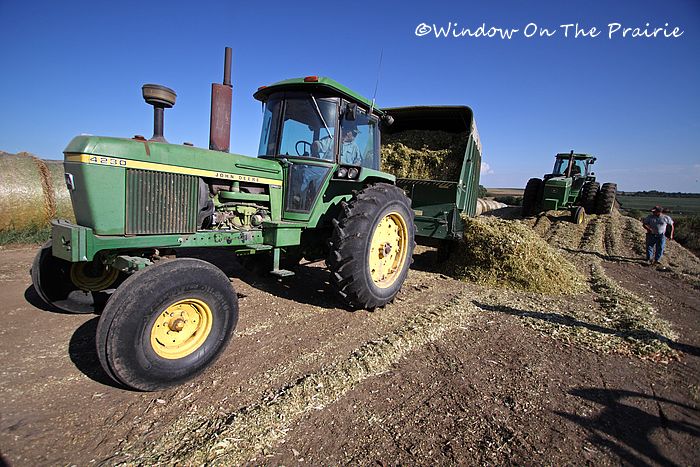
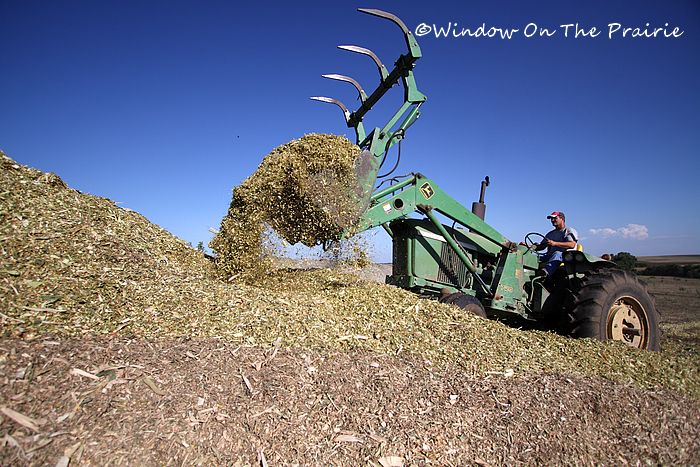
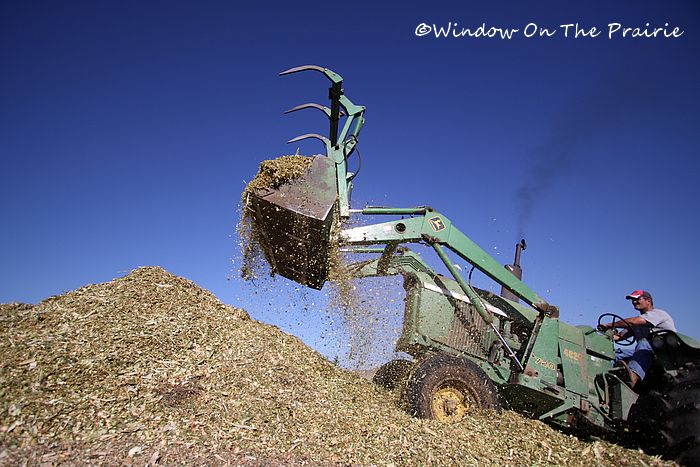
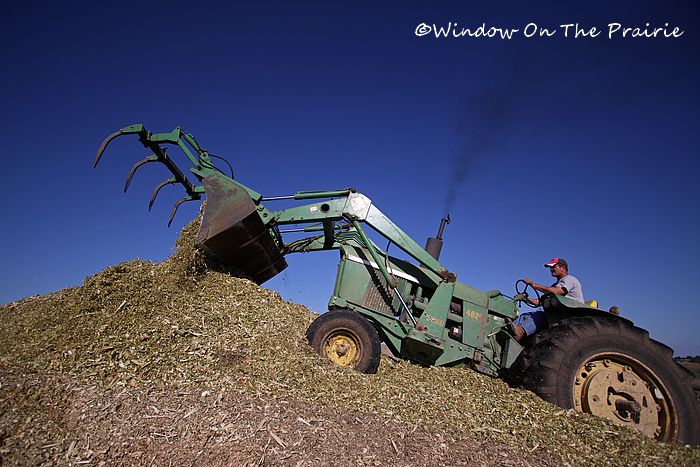
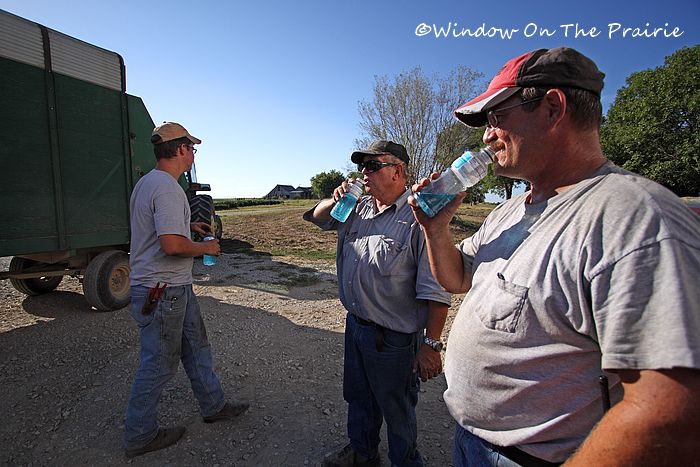
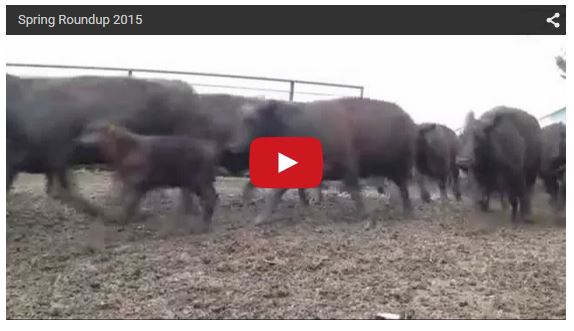
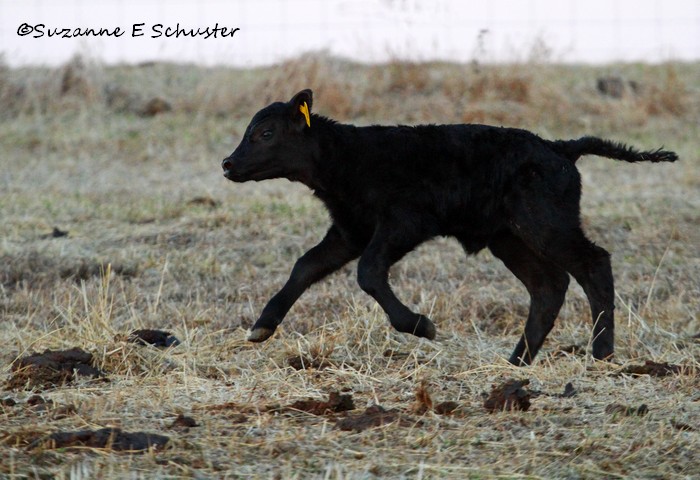
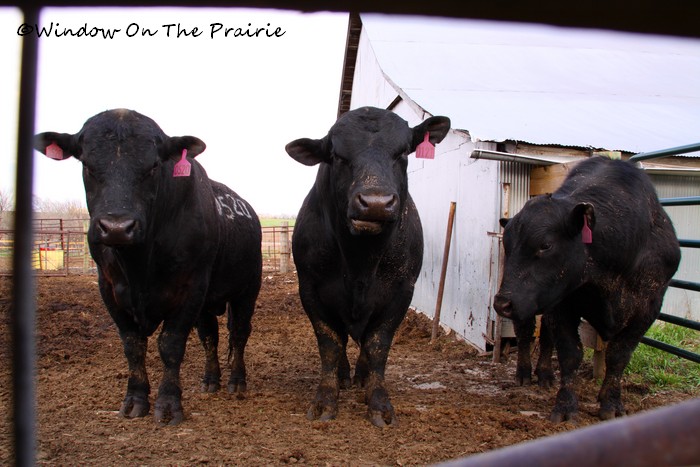
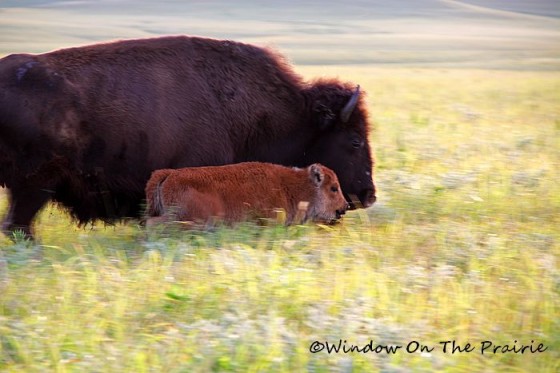
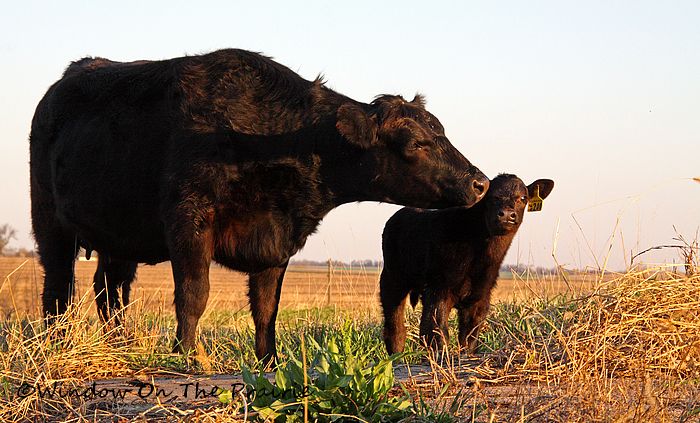

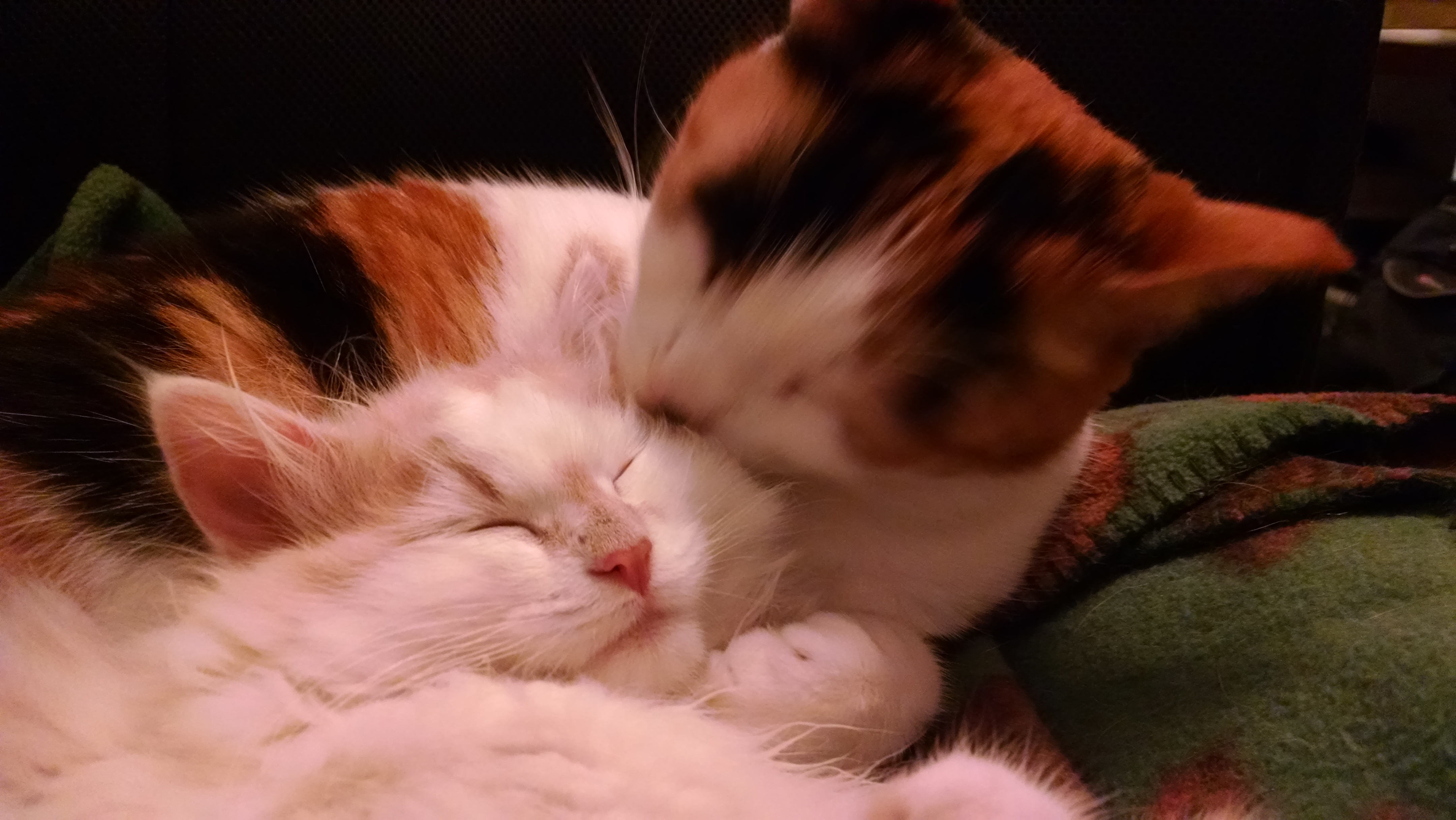
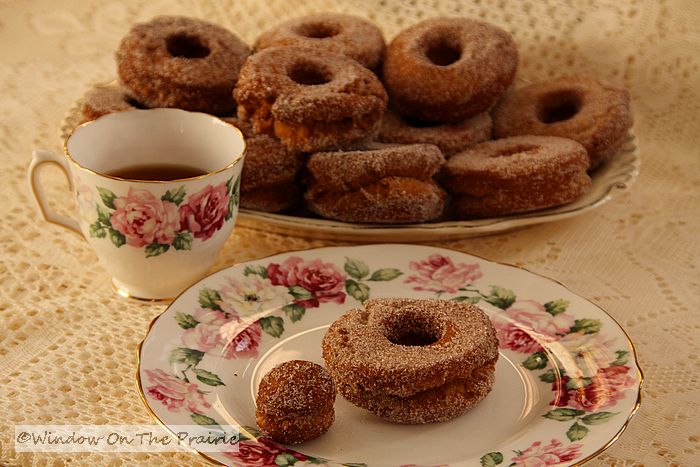
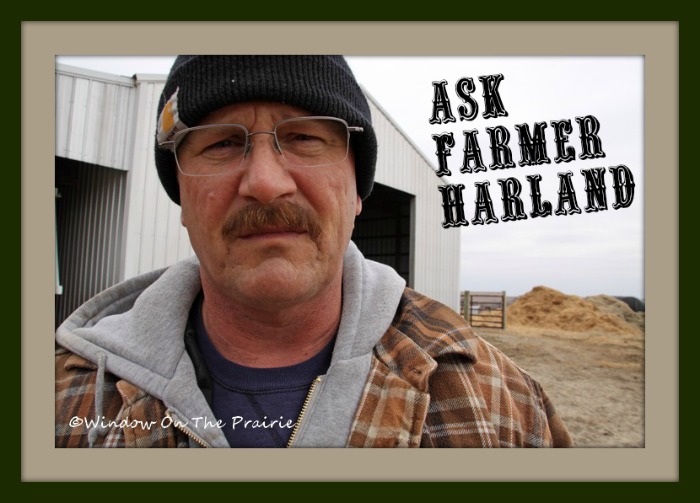



Do you add liquid to it so it ferments or does it just ferment on it’s own?
The corn stalks were just green enough to contain enough moisture to get the fermenting done. We were close on this though as it was drying down rapidly in the 105 degree days we were having. It couldn’t wait one more day, so this ended up being done on a Sunday.
By the way, I love your new buffalo for August very nice.
Oh thank you!
I’ve seen most processes of field work being done on the farm in the midwest but this was a new one to watch for me.
I’d heard that there were concerns in your part of the country about nitrates in the corn being too high to make into silage. I assume that yours tested low enough for feeding.
Thanks for the video. Very informative.
It was a new one to watch for me too. Harland hasn’t done this in 10 years. And the nitrites weren’t an issue. He explained why, but it went over my head. 🙂
Goodness, I’m watching these guys work in the 106 degree sun while I’m drinking iced tea in a 72 degree house! LOL! Harland is such a hard worker! That’s awesome that he has his brother to help and also the neighbor. Does his brother work with him often? Do they farm together? Thanks for the video…I have never seen something like this before.
His brother is a carpenter by trade, but helps out when we move cattle in the spring and fall.
Thanks Bonnie!
I enjoyed the photos and video. We’ll start chopping corn next week.
Prayers that everyone stays safe for you next week Jeannelle.
This will be us possibly as early as next week! Jim was closing silo doors today, getting ready. It’s always a stressful time, trying to get the moisture just right. I’m curious…what percent moisture do you like to have in your silage when piling it on the ground?
I’m not sure. I do know that the day before they chopped, the guy that runs the chopper looked at our cornfields and didn’t want it to go another day because the moisture content was dropping so fast in the heatwave. So they chopped the next day. We don’t do it often enough to know a lot about it. Last time was 10 years ago.
Prayers that everyone stays safe next week Alica.
Thanks Suzanne! Jim took some “sample” cornstalks to get tested today. They run them through the chopper and then the feed mill runs a moisture test. Anything just under 70% moisture is perfect for our little silos.
I grew up on a farm that was about 4 miles northeast of Hiawatha. I remember my dad/brothers/neighbors working to make silage, but mostly I remember climbing up the ladder on the side of the silo just for fun when I was a kid. We were allowed to climb up and look in but never allowed to actually enter the silo and walk around on the silage. Apparently, during the fermenting process, the mixture can give way and you can sink down into it……..at least that’s what we were told but maybe my dad just didn’t want us goofing around in there, lol. At any rate, it worked. 🙂 What a horribly hot day for your guys to be working on this, kudos to them for a job well done! Farming is hard work.
Thanks Louise!
I’m so sorry you lost your corn crop this year. We have a lot of loss down this way too, but those that planted early got good ears.
Sorry about your crop losses Edith. It’s so sad to see isn’t it? But we won’t take rain or cooler temps for granted will we when they come…
Our corn crop’s not a total loss. We’ll be able to harvest what we didn’t chop for silage, but it’s going to be about half the yield as normal. We’ll turn it in on the crop ins.
We don’t have any crop losses, we are not part of the Farm Program with the GMO/Monsanto seeds. If we had land we would grown our own open pollinated seeds for our animals…..some day we will.
I feel bad for today’s farmers though but do not agree with the methods and controls.
I’m glad you brought this up Edith, there are a couple things here. First, being in the USDA Farm Program doesn’t have anything to do with planting GMO crops. You can be in the USDA Farm Program and plant open-pollinated or organic crops. In fact, the USDA has a program to certify organic crops for farmers who choose to farm organic, so they can certify this to their buyers. All seed companies sell GMO seeds, not just Monsanto. Monsanto was the first to bring GMO seeds to market, but all the major players had GMO products in the works at the time, and Monsanto simply beat them to the market. All soybeans are still open-pollinated, both GMO and non GMO soybeans. They’ve never been able to hybridize soybeans. Hybrid corn started taking over in the 1930’s and 1940’s. Better yields drove the switch in corn, drastically better yields. It’s hard to say how hybrids compare to open pollinated in drought stress, but there are still old timers around who remember open pollinated corn in the 1930’s, in similar conditions to what we’ve had this year, and they all say today’s corn is handling the conditions much better. When they hybridized corn, the corn kernel itself did get harder, so you do have to process corn differently now for animal feed than they did for open pollinated corn.
If the economics were there, people would still be planting open pollinated corn and non GMO crops. Bottom line is that we can’t feed the world’s current population with 1920’s technology. It would be interesting to farm like they did back then, on a limited basis, but I’m afraid it wouldn’t break even with today’s land costs.
Thank you for responding Suzanne.
I understand the Farm Program is different than GMO/Monsanto seeds. However, the whole concept has destroyed true Family Farms. All those old farm houses we see just rotting to the round used to be family farms. It’s very sad.
….Monsanto has the monopoly on almost all seeds, and the companies who sell their seeds. ……so bad that you can not save your seed from year to year even if you bought open-pollinated GMO’s. I have no problem with Hybrid seeds but GMO seeds are a health hazard and the idea that it will feed the world is propaganda at best….soft kill at worst. GMO (Genetically Modified Organism) means the seed is changed from what God created it to be. Round-up ready? Oh my….round up is put into the soil at thousands of gallon applications. Nothing will grow but the GMO seed. Scary.
Open-pollinated and Organic Farmers are under threat because if GMO crosses over into their crops Monsanto will strike because these GMO seeds are patented.
Monsanto has some smooth talk….this is why Farmers went for it but it’s not at all the way it really is.
You’re a very smart lady. Research Monsanto outside their own propaganda.
Thanks for the pictures and info, Suzanne and Harland. Every day is a new lesson. I am so glad, good people like you, are feeding our world! You are appreciated, may god bless you.
Thank you Carol!
Sorry, God.
Dear Carol,
No Problem.
Love,
God 🙂